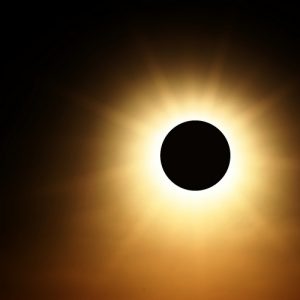
Accurate prediction is a canonical aim of science. Perhaps the most dramatic example was the confirmation of Einstein’s theory of general relativity during the solar eclipse of 1919. It turned out that light from the stars was, indeed, bent by the gravitational force exerted by the sun to the extent predicted by Einstein’s theory, a phenomenon too vast to be testable on earth. The cosmic theater of that moment, when day became night and Einstein’s prediction became visible against the darkened sky was a grand performance of the analytical powers of physics.
While prediction lies at the heart of scientific method, Science Studies @ UCSD is interested in thinking about some less iconic aspects of scientific forecasting, namely prognostication, prophecy and promising. We argue that these are powerful drivers of scientific practice, but that their action is less well characterized in the philosophy of science. There is good reason for this neglect. Unlike prediction, these looser forms of future-casting stand somewhat athwart science’s self-image. They constitute the arts of persuasion rather than of proof, and are more bound up with power, money, and politics. Above all, because of the well-deserved prestige of the natural sciences, these are rhetorical practices with very real material effects. Metaphorically speaking, the relationship between canonical scientific method and these speech acts might be thought of as an epigenetic one. If prediction and replication constitute the DNA of scientific method, these looser forms of future-casting are its epigenome, a switching system that turns laboratory production on and off.
At UCSD, we find ourselves in an exceptionally rich field for investigating how rhetorical projections of the future affect scientific production. Most importantly, the much-vaunted entrepreneurialism of the institution gives us ample opportunity to study how the often extravagant promises made by scientists to angel investors, philanthropists, state funders, and, indeed, our own students, stimulate (or suppress) scientific activity. On a slightly different scale, the presence of the Scripps Institute of Oceanography allows us to consider the politics of prognostication in the environmental sciences, which has devolved into a bitter battle over the virtues and vices of capitalism, as investigated by our erstwhile colleague Naomi Oreskes. The Arthur C. Clarke Center for the Human Imagination provides us with a forum for considering which science fictions are later realized as fact, allowing us to probe questions about creativity and science, and about the relationship between science and art. Using the theory of performativity – an analysis of the grammar of the self-fulfilling prophecy – we will explore the myriad ways in which scientific infrastructures get made and unmade at UCSD through promissory speech acts.